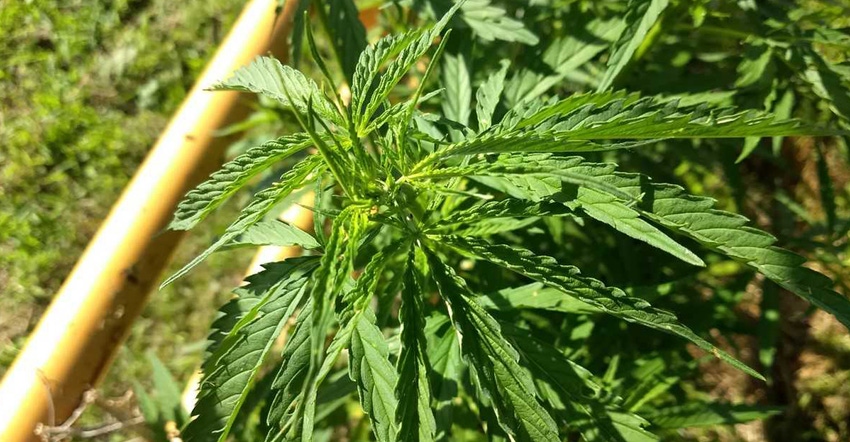
With the passage of legislation in 2019 that sets up licensing and fee requirements allowing farmers to produce industrial hemp in Nebraska, many producers may think that hemp production in the state is something new.
In fact, hemp has been produced for industrial purposes — including twine, rope and linen — since the beginning of European settlement in the earliest colonies in the mid-1600s. As white settlement moved east into the bluegrass region of Kentucky, so did hemp.
In the 1800s, Kentucky was the indisputable hemp production champion. By 1875, hemp was being grown by farmers near Champaign, Ill. Those Illinois farmers would prove to be crucial in the growth of the hemp industry in Nebraska only a few years later.
Here are five important dates in the history of Nebraska’s hemp industry:
1887. Hemp farmers from Illinois brought seeds with them to the Fremont, Neb., area. They began growing hemp for industrial uses. By the following year, the Fremont Hemp and Twine Factory had begun operation, producing 625 tons of binder twine that first year. The factory leased about 1,000 acres for hemp production and bought hemp from local farmers.
1895. Hemp was being grown by farmers in the Havelock, Neb., area near Lincoln. USDA reported in some early trials that the hemp fiber grown in Kentucky and Nebraska was tougher than Japanese and European strains being studied in their testing gardens. It also was reported that Nebraska farmers were planting hemp on fertile, deep soils, and they planted the same fields year after year to hemp.
1899. Using 1899 statistics, the 1900 U.S. Census of Agriculture listed Nebraska in third place nationally in the production of industrial hemp, just behind Kentucky and Illinois and ahead of California. According to the census, 683 acres were under production in Nebraska in 1899. Kentucky had more than 14,000 acres. Illinois had 723 acres, and California reported 500 acres of hemp.
1914. Nebraska made the yearbook. A USDA Yearbook of Agriculture article by Lyster H. Dewey, Bureau of Plant Industry botanist, used multiple farmer observations and trials from Nebraska, Kentucky and California to tell the comprehensive history of hemp production.
1927. All forms of hemp were prohibited in Nebraska. With a wave of prohibition laws being passed by surrounding states, production of hemp in Nebraska had begun to decline by 1910. It ended when a prohibition law was passed in the state.
About the Author(s)
You May Also Like






